
Until the country's recent and long awaited name change, North Macedonia was known as The Republic of Macedonia. It is a small but high potential territory special in red wines from international varieties and the regional Vranec.
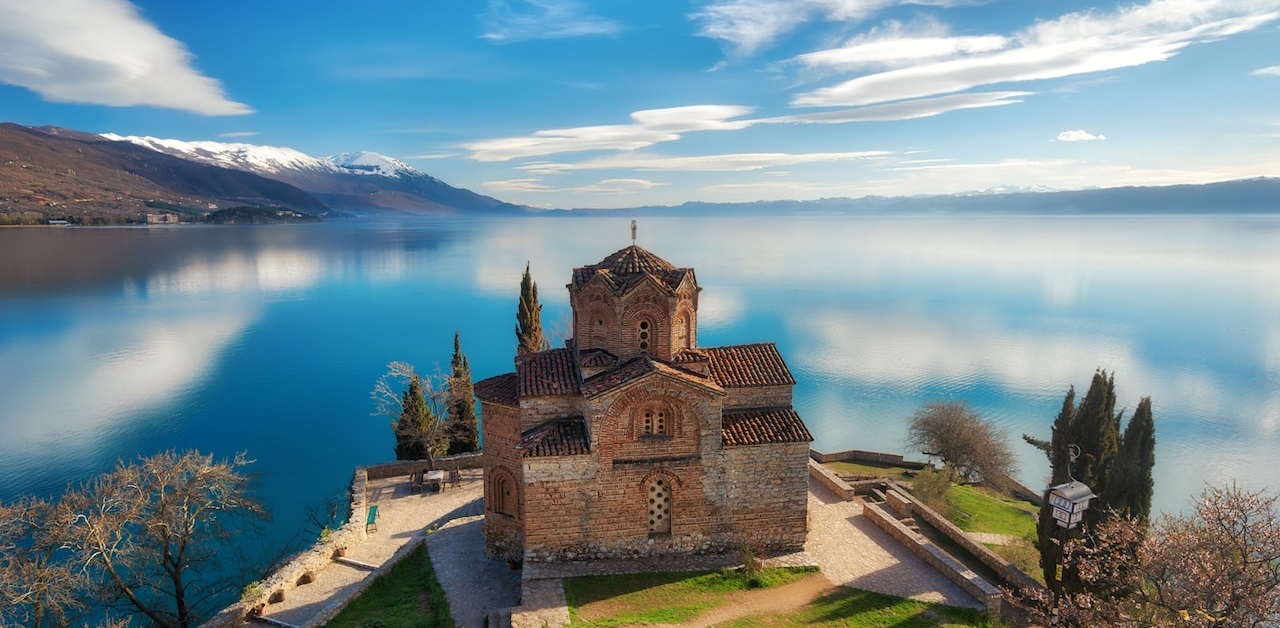
Over recent years a small wine revolution has been taking place in Macedonia, allowing both the large, well-funded commercial players and the small, ‘boutique’ wineries to emerge from the last two decades of financial uncertainty with the solid aim of putting the Republic of Macedonia on the World map. Increased participation in international wine competitions has resulted in a steady accumulation of medals and is attracting an increasingly attentive audience of wine personalities from around the globe. The country already has a lot to offer. As we all know, hot sunshine, of which Macedonia boasts in abundance, produces full-bodied, fruit forward red wines. It is this big, bold style that has put the dark skinned [Vranec](/vranec) in people’s minds as a wine of quality. Yet there is more to Macedonian wine making than this. The influences of the varied microclimates, soils and wine-making philosophies mean that Macedonia is a rich haven of crisp, fresh whites, lusciously sweet hedonism, playful rose and even a small amount of sparkling wine. This small territory is fascinating for both Macedonian consumers and a rapidly growing international audience. Those already familiar with grape varieties such as [Vranec](/vranec), [Temjanika](/temjanika) or [Stanušina](/stanusina) are going to witness a rise in quality unlike anything seen so far in Macedonia. Investment and travel are facilitating innovative changes to the way wine is made here. Regular feasibility studies are helping to determine where new vineyards should be planted and with which variety. New scientific approaches both in the vineyard and the cellar, matched with the latest technology are improving stability and increasing quality while at the same time, more clinical approaches to sales and marketing are building strong winery brands. New regions and even villages are going to emerge from this epoch of quality and embed themselves in the country's wine consciousness. If you are coming across these names in these pages for the first time then a world of discovery waits. When these wines are engaged with, alongside the local history and culture, the culinary traditions and the stories of those who made them, a unique drinking experience is inevitable. Wine is a cultural product and its geographic significance must be articulated. This is Macedonia’s challenge. It is early days though. The industry is in its infancy and consequently needs nurturing. In 2011 there were eighty registered Macedonian wineries, but in just five years, only two thirds continue to trade. Although this picture looks bleak on the surface, what we are left with is a very focused hard-core base of dedicated professionals who are setting the standards for the future of Macedonian wine. Macedonian wineries and key sectors of the hospitality trade have begun to build wine culture domestically in order to support the industry. This takes time however and with beer and rakija still clearly the main alcoholic beverage categories consumed, it is a long-term approach. Despite a growing interest in wine and a culture of home wine production, enthusiasm for the subject is still largely considered an elitist pastime, consumed predominantly by the intellectual, political and professional classes. On a more positive note, there is a new generation of well-travelled wine lovers with a deeper understanding of the world’s wines. With an appetite for the new, they are becoming more aware of where Macedonia ranks internationally. This has fuelled a passion and interest in exploring and taking the subject forward at home, which has resulted in a developing but prominent wine scene. To compete in highly competitive wine markets throughout the world a unique selling point is vital. The picturesque chateaux of [Bordeaux](/region/bordeaux) and the [Loire Valley](/region/loire-valley), or the rolling hills of [Tuscany](/region/tuscany) do much to set the scene and demand attention when clamouring for visibility on busy shelves. Improving the image of Macedonia in the consumer consciousness is a priority if this young industry is to develop sustainable businesses, which are capable of competing in the saturated, international wine market. There is much to be positive about however. The region in which Macedonia’s current borders fall has been producing wine since the 13th century BC and home wine making for familial consumption remains integral to the cultural fabric of the countryside. The Republic of Macedonia is a landlocked country bordering Albania to the West, [Greece](/country/greece) to the South, [Bulgaria](/country/bulgaria) to the East and Serbia and Kosovo to the North. Macedonia is unusual in a sense. Given the proximity, as the crow flies, to the Mediterranean Sea, a Mediterranean climate should generally prevail. There are a number of local geographical and geological factors that instead impart a more continental climate on the country. Summers are long, dry and hot and winters are cold and wet. Spring starts early and autumn starts late. The Vardar River flows through the centre of the country and it is in these lush, fertile valley landscapes that the majority of Macedonia’s vineyards can be found. It is because of the microclimates that emerge from the undulating peaks of troughs of this valley that justify a wider audience. It will be serving this growing audience in the years to come that will shape Macedonia’s on going wine challenge.
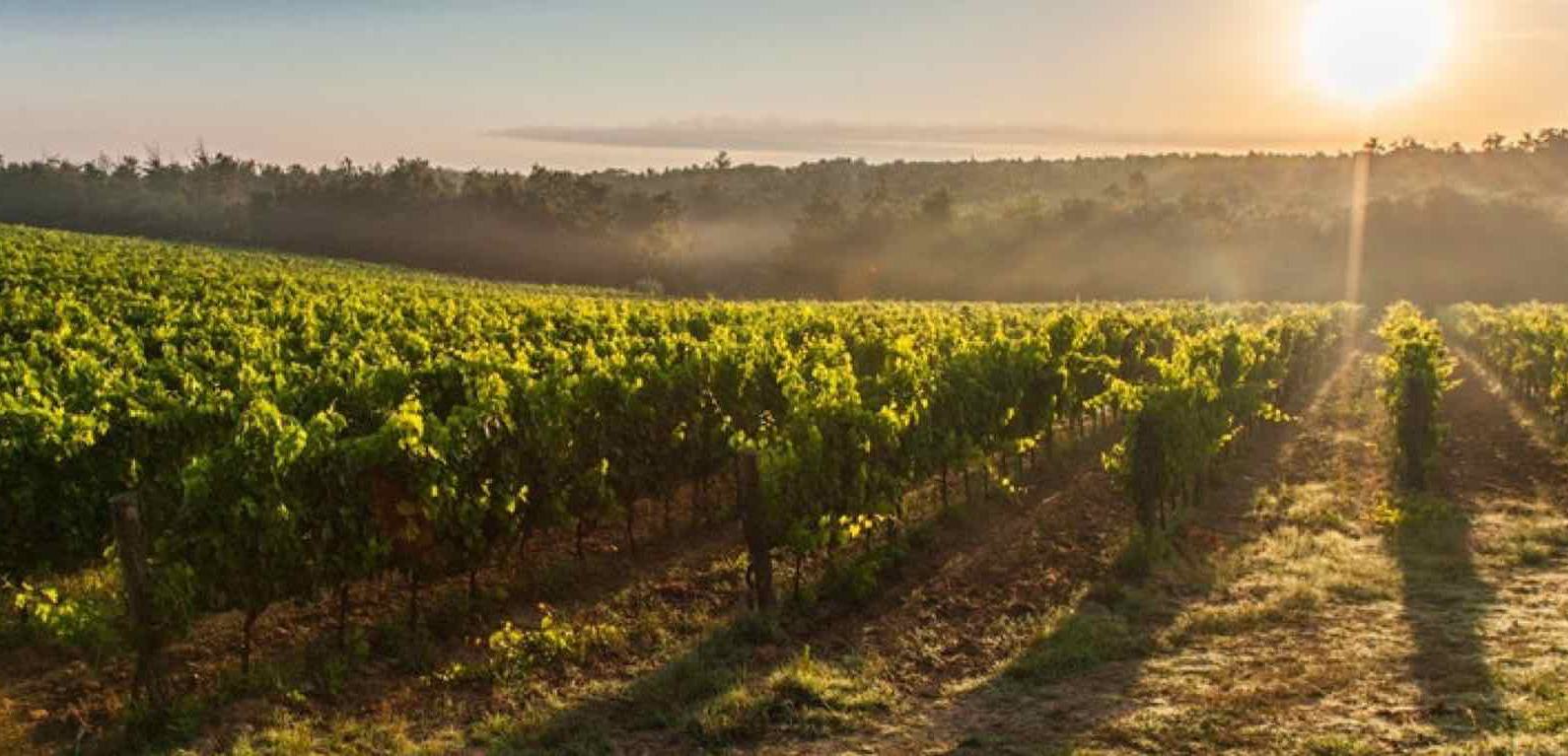
Bitola is a small district in North Macedonia. It doesn't produce much wine but there is certainly some potential.
Read more ▸
Located close to the Greek border in the south of Macedonia, Gevgelija-Valandovo produces only a small amount of wine. The most well known winery is
Read more ▸
Ohrid and its famous lake are quickly becoming one of the top tourism destinations in the Balkans. As yet there are vineyards here but no commercial wineries. It is surely only a matter of time before investment flows however.
Read more ▸
Ovche Pole is a dry and arid region in the centre and east of North Macedonia. Long hot summers and very cold winters characterise the area, but with a reputation as the windiest place in the Balkans, this vast flat plain is theoretically capable ...
Read more ▸
Prespa is one of North Macedonia's officially registered wine districts. There are currently no wineries there however.
Read more ▸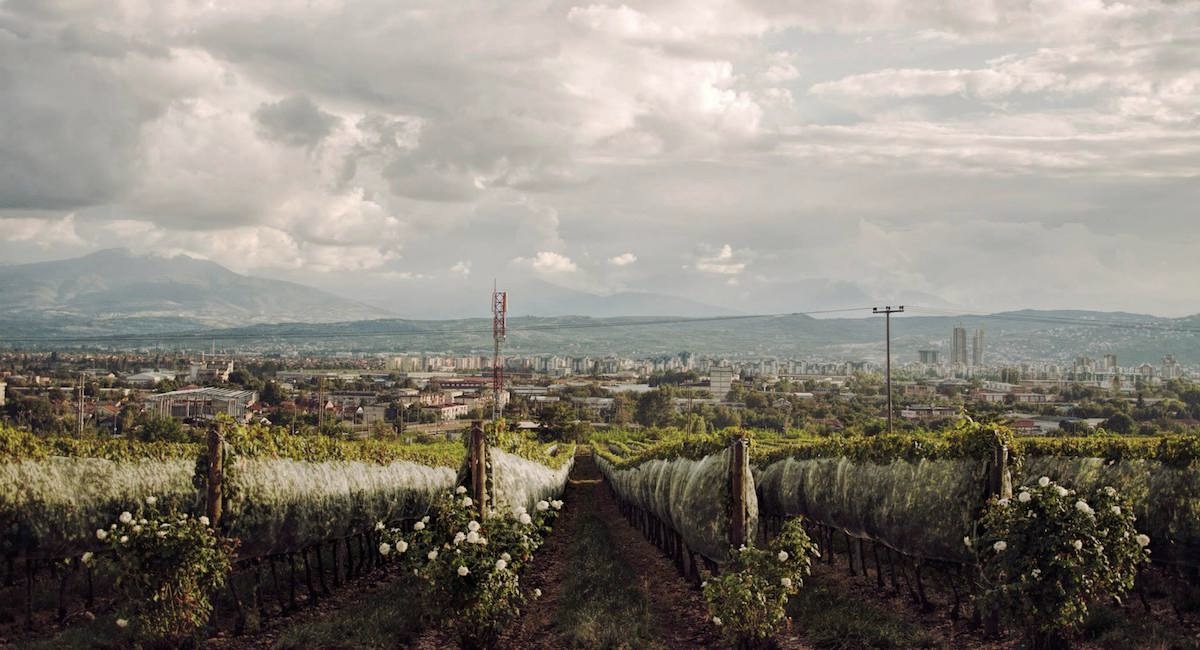
The Skopje district is situated in the north of the Vardar Valley and is home to Chateau Kamnik.
Read more ▸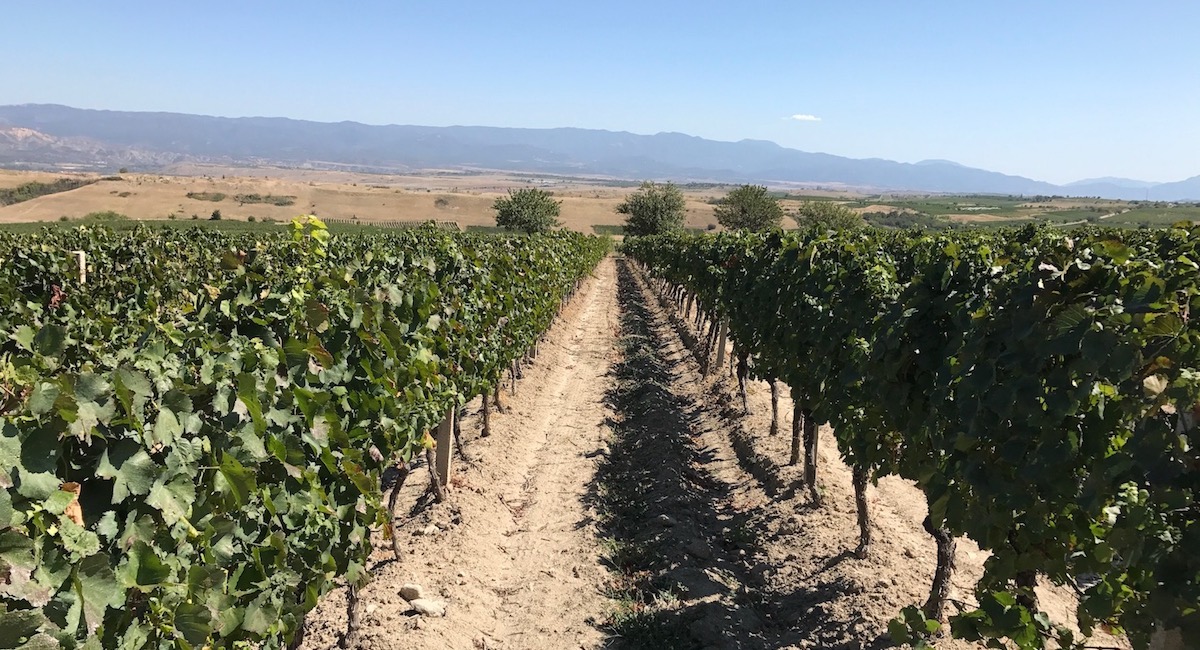
Tikveš is North Macedonia's most important wine region. Production is dominated by the large Tikveš Winery, but there also a number of other wineries operating here, no...
Read more ▸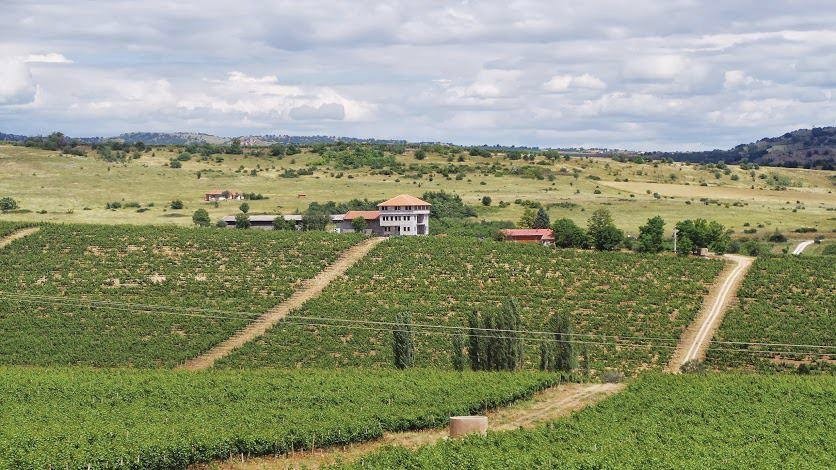
Located between Skopje and Tikveš, Veles is a small wine region containing just handful of producers.
Read more ▸